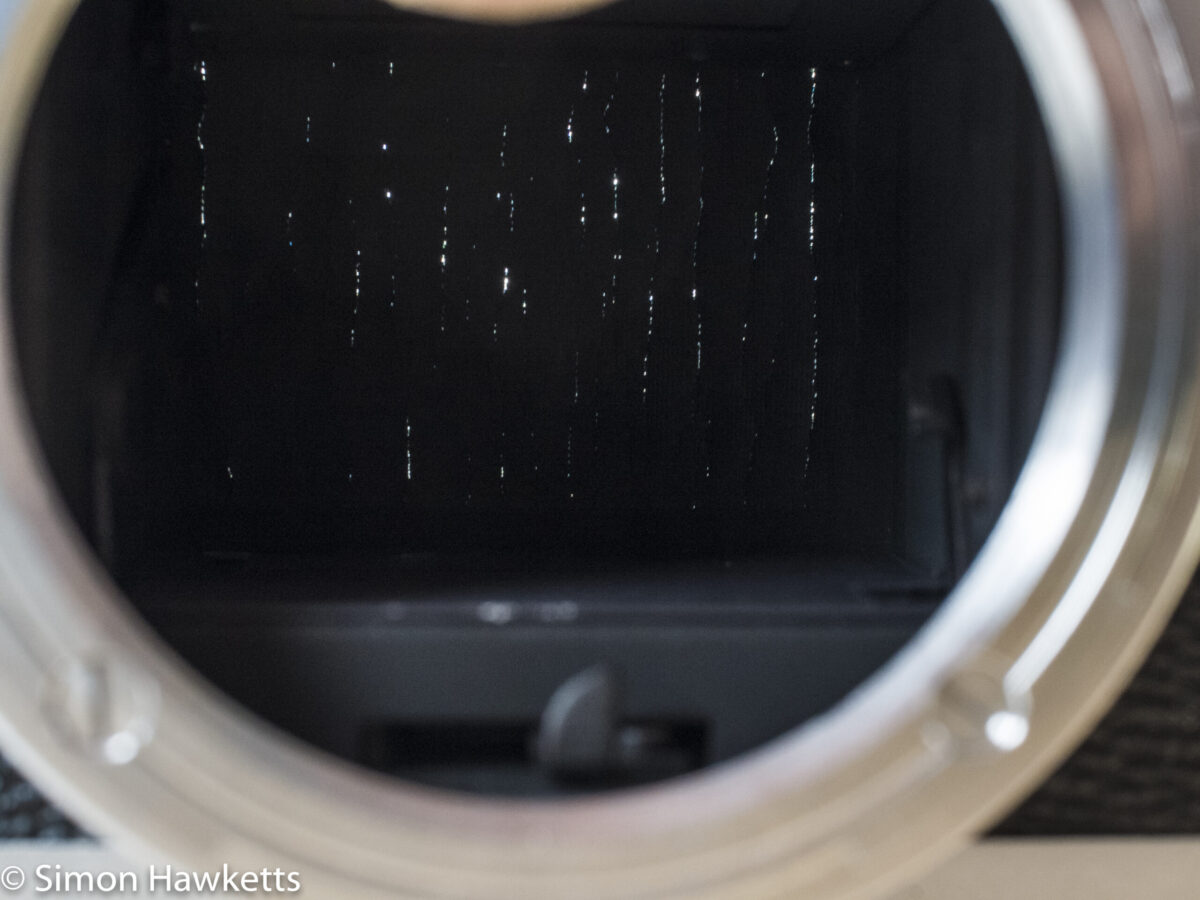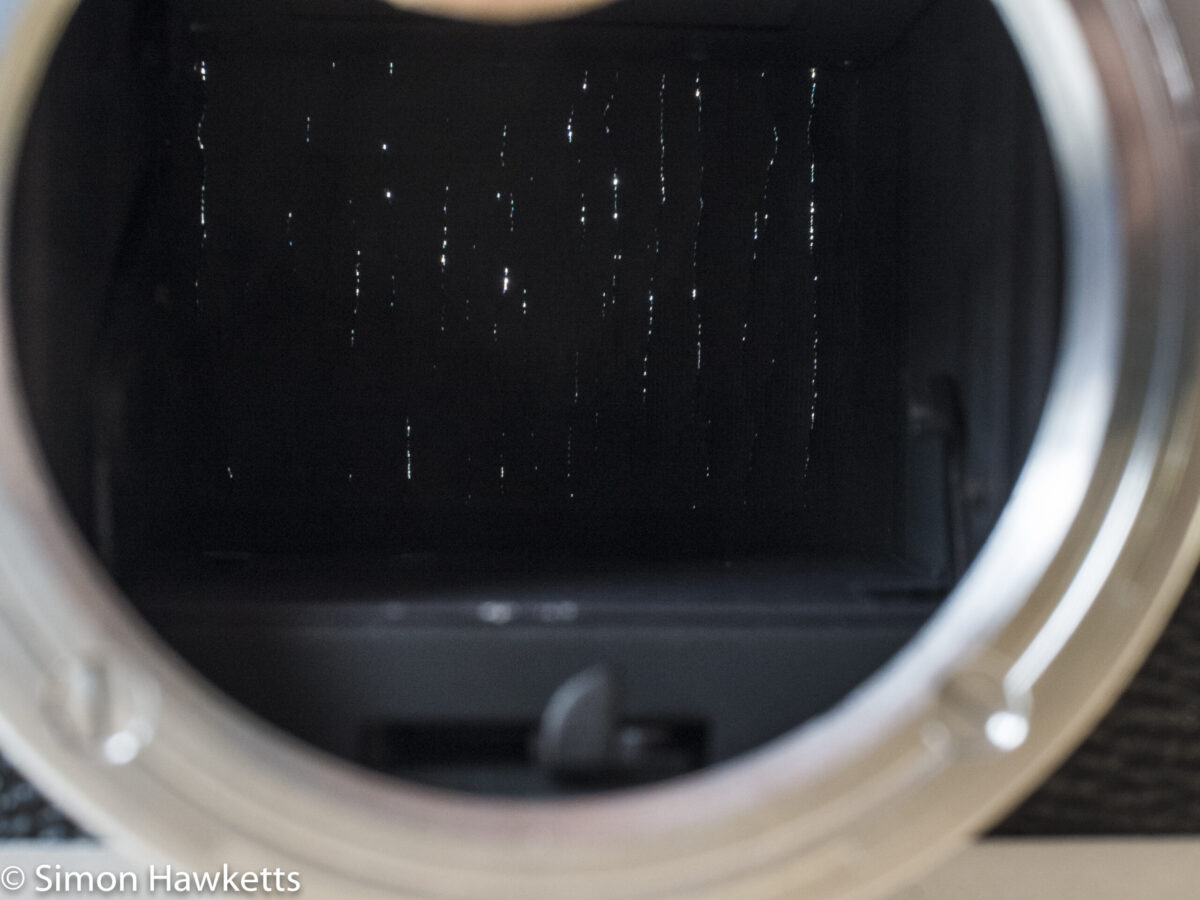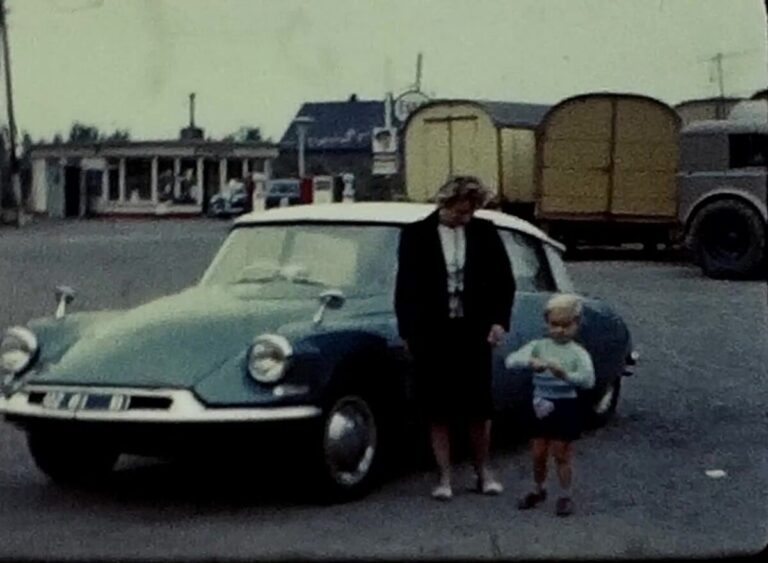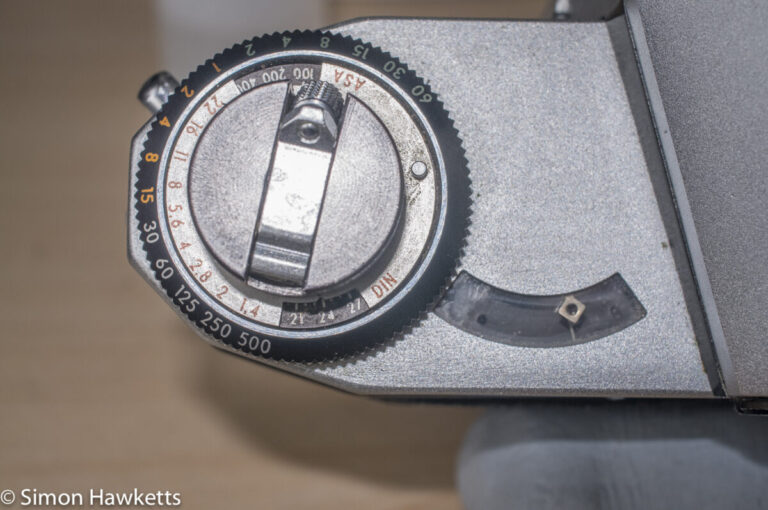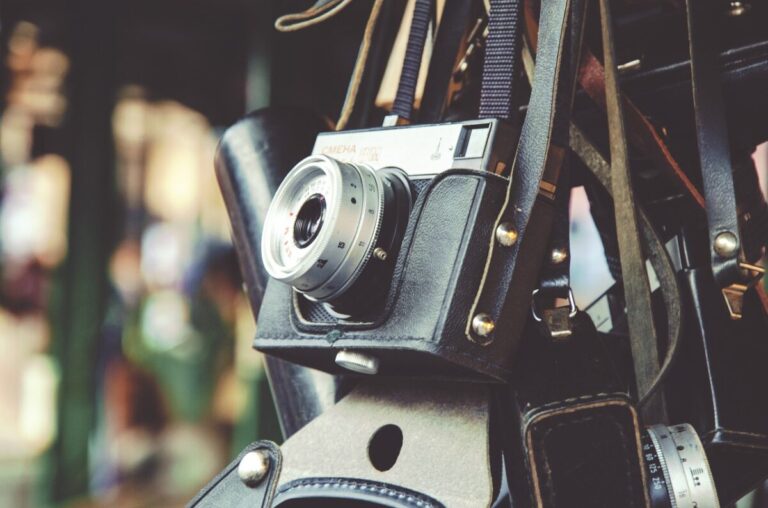Testing a vintage camera’s shutter
This post is in the series about testing vintage cameras and deals with testing a vintage camera’s shutter
This post is the next in my series about testing the health of your vintage camera. It covers how to go about testing a vintage camera’s shutter which, along with the aperture, is one of the most important parts of any camera since it controls the amount of light reaching the film. Initially it covers focal plane shutters, but will eventually be expanded to cover other shutter types.
Does my camera have a focal plane shutter?
If you’re not sure if your camera has a focal plane shutter then open the back of the camera (making sure there isn’t a film in it!) and look in the chamber where the film goes. If you look at the opening where the film would normally sit and it has a screen across it is almost certainly a focal plane shutter. When you move the film advance to wind an imaginary film, a focal plane shutter will move a bar across that screen. It may go across from side to side or up and down but if you can see a movement then it’s a focal plane shutter.
If you can see the back of the lens or you can only see the back of the mirror, when it’s probably a leaf shutter fitted behind the lens.
Testing a vintage camera’s Focal plane Shutter
The first part of testing the vintage camera’s shutter operation is making sure that the camera opens the shutter for the correct amount of time, basically checking that the length of time the shutter opens agrees with the speed selected.
This procedure is for a camera which is manual or can be switched to manual. The video posted below shows a Miranda Sensorex which is a camera typical of this type.
The most likely area to have problems with the shutter are the slower speeds which fortunately are the easiest to test. A very useful tip I picked up a while ago from Chris Sherlock’s site is to use a speed of 1/8 sec as the starting point for tests. It seems that 1/8 sec is about the same speed you can achieve by setting the shutter to B and pressing and releasing as fast as you can so it’s one which is relatively easy to check if it’s right.
However first let’s deal with the very easiest speed to check which is the B setting (and T setting if there is one). The B setting is short for ‘Bulb’ and refers to a setting where the shutter is open for as long as the shutter release is held down. The T refers to ‘Time’ and is a ‘press once to open and again the close’ setting. These are simple to test because it is easy to do the operation and see that the camera correctly works.
First, this is how I set the camera up for these tests.
- If possible remove the lens so that there isn’t the possibility of the lens aperture changing and confusing the later tests
- Open the back of the camera
- Hold the camera so that you can see the shutter operating
For the B and T setting just make sure that the shutter opens when you press the shutter release. In the case of B it should close again when you release it, for T you press it again and it releases.
For the timed positions, starting at 1/8 sec it is relatively easy to check if the slower speeds are taking longer as each is selected. I tend to do this by ear; fire the shutter at 1/8 sec a few times to get used to the sound and then switch to 1/4 sec and see if it sounds twice as long. This is not a precision test because most mechanical cameras are not precisely calibrated to be exactly ‘on time’, but you can generally tell if the speed is wrong.
Once you are sure of 1/4 sec you do the same test but this time checking 1/2sec , and then again do the same to check 1 sec. This is shown in the video below.
You can repeat the same process to start moving up the speeds and checking they sound 1/2 the speed, but I find that after about 1/15 sec it is increasingly difficult to tell that the speed is half the one before by sound. I believe this is because as the shutter speed is increased, the actual shutter opening time is a smaller proportion by length of the sound you hear. So for the faster speeds I tend to use a different approach.
I open the back of the camera, remove the lens if possible and point the lens opening at a bright light. Then I fire the shutter at increasingly faster speeds and try to judge if the blink of light is getting progressively shorter and less bright. Again this is not a scientifically precise test, but I find it is generally good at finding faults.
I have added a video of this process below, again using a Miranda Sensorex but it isn’t ideal. I think the frame rate of the camera I used for video and the light (which is flashing at 50Hz) has led to some odd effects so that in the video it can look as if the curtain is closing at an angle. It shows the procedure however, and it’s the sort of test that you tend to get used to judging the results of once you have done it a few times.
Another test which can be performed to test a vintage camera’s shutter, which is also carried out while the camera is pointing at a bright light, is to examine the shutter to see if there are any leaks.
Just hold the camera up to the light and look at the black shutter cloth. Do this with the shutter both cocked and un-cocked so you see both shutter curtains. For some reason I find that sometimes, the light shines through more from one side than the other so I hold the mirror up and look through from the lens side as well. The picture to the right shows the results I found with my Miranda Fv which obviously has some problems.
Once you have confirmed that the shutters seem ok for light leaks, the other important thing to check is that there is no gap in the shutters at either the start or end of the shutter cycle. They should be completely closed before the shutter is released and should also come together with no gap at the end. The simplest way to test this is simply open the back of the camera and watch as you try each shutter speed.
Discover more from Everything Vintage
Subscribe to get the latest posts sent to your email.

